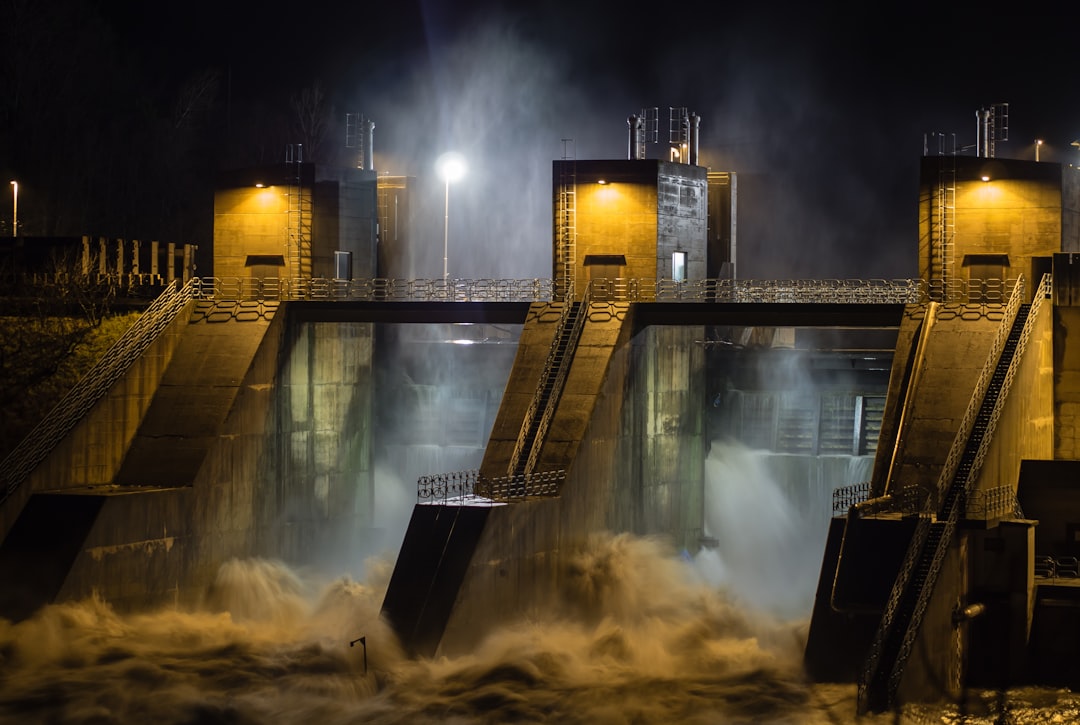What is it about?
Here, the local temperature rise is investigated using the kinetics of precipitates and dispersoids (transformation or dissolution) at the interface zone (IZ) and affected zone (AZ) of three welds. This fine scale analysis allows to estimate the local temperature range for AZ, that reaches between 250 - 360 °C on both sides of narrow IZ, while the IZ itself experiences between 360 - 500 °C. The interface temperature increases with the increasing impact intensity. The estimated thermal field based on the precipitate transformations corroborates with numerical simulation.
Featured Image

Photo by Russ Ward on Unsplash
Why is it important?
Interface temperature of electromagnetic pulse welding (EMPW) is difficult to measure by insitu methods due to the high speed nature of the process. EMPW normally completes within 250 µm while the collision and welding takes place within the 1st half cycle of the impulse current (i.e. 50µs for a 10 kHZ current). So we use transmission electron microscopy (TEM) analysis of the samples obtained from the interface to inversely predict the interface temperature. The predicted temperatures is also in good agreement with our earlier numerical simulations using and by an Eulerian simulation. Numerical simulations are available in the following links works; [1] R.N. Raoelison, T. Sapanathan, E. Padayodi, N. Buiron, M. Rachik, J. Mech. Phys. Solids 96 (2016) 147–161. [2] T. Sapanathan, R.N. Raoelison, E. Padayodi, N. Buiron, M. Rachik, Mater. Des. 102 (2016) 303–312.
Perspectives
This work is important as it enables to use the fine scale metallurgical detail to inversely estimate the local temperature. In many cases the interface is not accessible, and sample does not seem to heated, so it i always difficult to know the interface temperature. our work using a very fundamental technique to estimate the licl interface temperature, that reaches during a high speed impact welding process.
Dr Thaneshan SAPANATHAN
Curtin University, Curtin Corrosion Centre, Faculty of Science and Engineering
Read the Original
This page is a summary of: Inverse prediction of local interface temperature during electromagnetic pulse welding via precipitate kinetics, Materials Letters, August 2019, Elsevier,
DOI: 10.1016/j.matlet.2019.04.094.
You can read the full text:
Resources
Contributors
The following have contributed to this page










